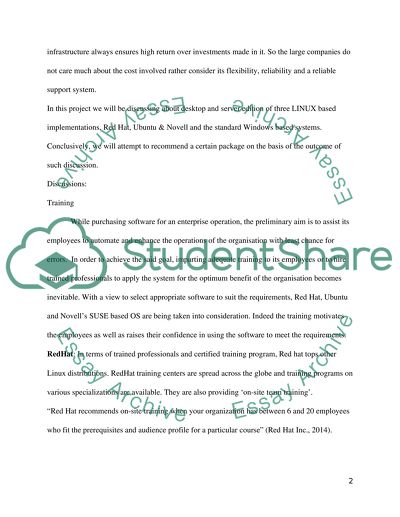Cite this document
(“Linux distributions Essay Example | Topics and Well Written Essays - 2250 words”, n.d.)
Linux distributions Essay Example | Topics and Well Written Essays - 2250 words. Retrieved from https://studentshare.org/information-technology/1626916-linux-distributions
Linux distributions Essay Example | Topics and Well Written Essays - 2250 words. Retrieved from https://studentshare.org/information-technology/1626916-linux-distributions
(Linux Distributions Essay Example | Topics and Well Written Essays - 2250 Words)
Linux Distributions Essay Example | Topics and Well Written Essays - 2250 Words. https://studentshare.org/information-technology/1626916-linux-distributions.
Linux Distributions Essay Example | Topics and Well Written Essays - 2250 Words. https://studentshare.org/information-technology/1626916-linux-distributions.
“Linux Distributions Essay Example | Topics and Well Written Essays - 2250 Words”, n.d. https://studentshare.org/information-technology/1626916-linux-distributions.


